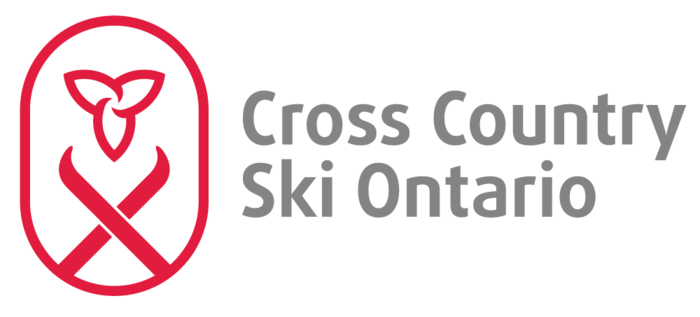Jackrabbit Technique Award #2 Sticker
$0.50
Poles will be used when learning/ practising some of the following skills.
Diagonal Stride – Gliding Step: In the progression of the Diagonal Stride this step is the called the “gliding step.” Some glide occurs with each stride. The skier lifts the skis off the snow when kicking; there is a weight transfer about 50% of the time, and the recovery foot lands beside or in front of glide foot. The skier can perform five successful strides in a row, but balance may be insecure and unnecessary movements may occur. Poles are not yet used for propulsion, but arms move in an alternating pendulum arm action. The body is mainly upright in the Ready Position.
Herringbone: The skier steps up a moderate slope, alternating arms and legs. Tips are kept quite wide apart (in a “V” shape). The inside edge of each ski is angled into the snow to eliminate slipping. Arms swing comfortably. The pole tips are planted behind and to the side of the feet, and the hands are just below shoulder height. There is good weight transfer from ski to ski. The skier completes five steps with each leg.
Double Poling: The skier pushes down the track for five meters using only the upper body. The skier reaches his/her hands forward to plant the poles. The pole tips do not come ahead of the pole handles when they are being planted. The upper body flexes at the waist just after the poles are planted to provide additional propulsion. The upper body movement is completed by extending the arms to the rear. The legs remain fairly straight, but not rigid, through all phases of the movement.
Free Glide: Follow the steps outlined in Level 1, but this time the pole handles should be down in front of the body with the tips angled behind, so that the pole shaft is generally angled down and backward without dragging on the snow. The skier is able to glide five metres down the slope maintaining the Ready Position.
Kick Turn: Start in the Ready Position. The skier reaches back with the right arm outstretched and plants the right pole on the outside of the left ski near the tail. Both poles are now planted on the same side of the left ski. The skier stands to the right. The skier now lifts the right ski, bending at the knee and hip so the tail of the ski drags on the snow and the ski is perpendicular to the ground. Next the right leg is moved so the skis are parallel, but the tip of the one ski is beside the tail of the other. The left leg and pole are now brought around so the ski tips are together and the skier resumes the Ready Position, having completed a 180 degree turn. The skier performs the technique in both directions. At this level the skier may require some assistance.
Snowplow Stop: The skier begins by demonstrating Snowplow Braking. The skier returns to the top of the slope, then moves down the hill showing a good wedge and keeping the ski tips together. By applying equal pressure on the inside edges of the skis (rolling inward with the ankles) the skier is able to safely reduce speed to a full stop. At this level the skier may require some assistance. Half-Snowplow Braking. The skier Free Glides down an easy to moderate hill. Part way down the skier lifts the right ski out of the track and places it in a wedge position with the tip close to the tracks and the tail farther away. Pressure is applied to the inside edge of the right ski by shifting much of the skier’s weight to the ski and rolling inward on the ankle. The pressure is applied until the skier is able to significantly reduce speed. Both skis are then placed parallel in the tracks. Repeat with the left ski.
Snowplow Turn: The skier starts down the hill in a proper Snowplow position. Weight is applied unequally to the skis, so most of the body weight is placed on the right ski and the ankle is rolled inwards. This will cause the right ski to start to move perpendicular to the fall- line. The skier continues to face down the hill. After the skis turn to the left, the skier unweights the right ski and transfers the weight mainly to the left ski, while rolling the left ankle inward. The skier should be able to complete two successful turns.




